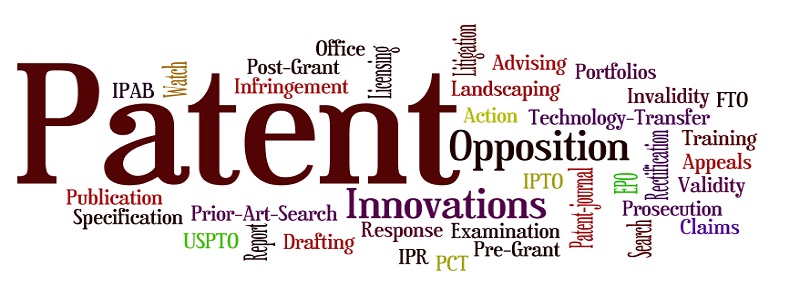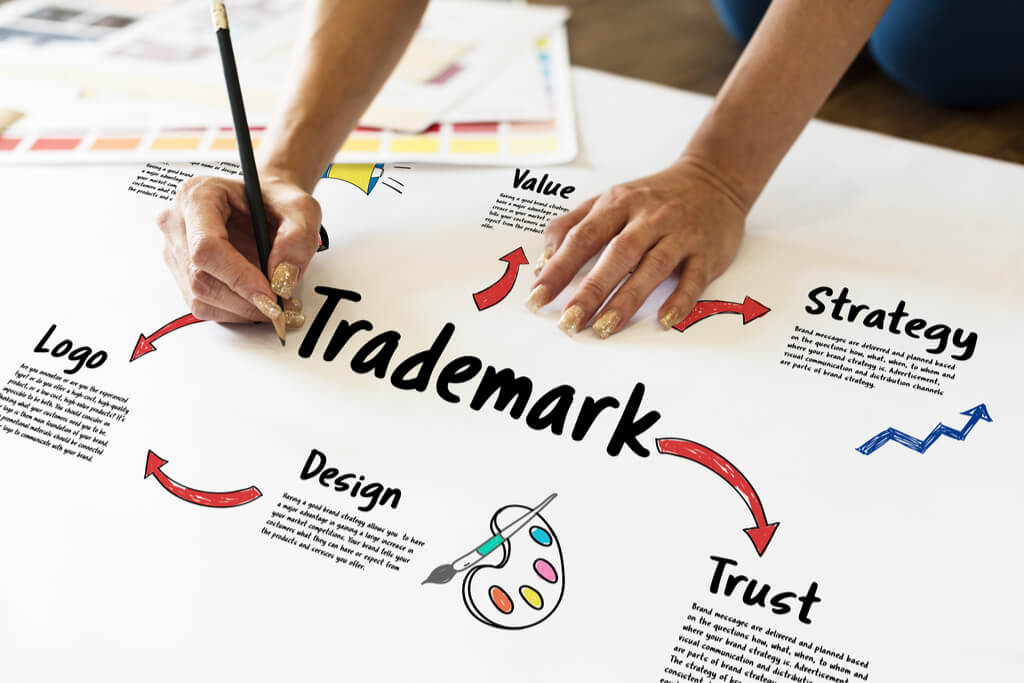Before we can get into defining the value of Intellectual Property, we have to first understand what Intellectual Property is.
In very basic terms, intellectual property is defined as anything created by the mind – inventions; literary and artistic works (books, paintings, sculptures, music, and film); designs; symbols. In essence, anything that has is, or will be created by a human mind is that person’s intellectual property.
Intellectual property is protected by several international laws in very much the same way as physical property and assets. The purpose of these laws is to give people the incentive to develop creative works that can benefit society. This is done by ensuring that the person can profit from their creation without the fear of misappropriation by others. You are most likely very familiar with the concept of DMCA takedowns on YouTube where content can be removed due to copyright infringements.
So now that we know what intellectual property is, how can we assign a value to it? In and of itself, intellectual property has no inherent monetary value. You could trademark a squiggle on an orange background as your new company logo, and no-one would bat an eyelid. However, if your company suddenly produces the next trending item, suddenly that squiggle is worth big money.
The value of Intellectual Property is measured by the strategic advantages gained by excluding others from using that intellectual property. The recent Ed Sheeran/ Structured Asset Sales controversy is a perfect example of this. A simple chord progression and tempo that is part of the 1973 Marvin Gaye hit single ‘Let’s Get It On’ has been valued at roughly $100m. This chord progression has been found to be part of no less than 12 other hit songs from between 1995 and 2015, which means that Structured Asset Sales stands to make a hefty sum of money if a judge rules in their favor.
The most valuable intellectual property rights are those that provide a competitive edge over the competition and build your brand’s equity. Whether you are offering products with unique functions, improving an existing product’s efficiency or any other desirable trait, the value of your property lies in having your brand being recognized as the sole source of these benefits, whether as its creator, or holder to its rights.
Below, we will look at how to align your business strategy with acquiring patents and trademarks.

Utility patents
Utility patents protect the functionality of your inventions and prevent others from making, using, selling, or importing competing goods and services that would violate the scope of that protection. Your objective in filing a utility patent is not to answer the question ‘what does my invention do?’ but instead ‘what does my invention do that I want to prevent my competition from doing as well?’. If you are able to make the distinction, you could be on your way to holding a patent with great value.
Design patents
Design patents protect the visual features of a product. For example, there is a reason why no other fast-food company can use McDonald’s golden arches design, or that the only company that can use Air Max designs is Nike. Design patents that protect the aesthetics of your products can go a long way to helping you build and maintain long-term name recognition and brand appeal. It can also help prevent others from piggybacking off the success of your products and help retain and increase sales, even if your competitors are able to provide products that work similarly to your own. An excellent example of this is the iPad. Despite a slew of tablets that offer the same functionality and features, the iPad still outstrips all of them in terms of sales and recognition.

Trademarks
The objective of filing trademarks is to have customers associate your brand with being the source of quality products and services within your chosen field. While your selected trademarks may have limited value at inception, as your brand gains recognition for their quality and innovation, the goodwill associated with your trademark grows, and so too does its market value. An experienced intellectual property valuator, like Dr. Maurice Roussety, can help you build your trademark value, and identify new investment opportunities as your business grows.
Dr. Roussety is a well-established Business Consultant with many years of experience in helping start-up companies develop their business strategies and expanding their boundaries into existing and new markets, all the while improving the value of their existing intellectual properties and at the same time identifying new properties with the potential for immediate and long term gains.
Whatever products or services you offer or intend to provide, the value of your intellectual property rights will depend immensely on how aligned your business goals are with your intellectual property protections. Make sure you are working with a reputable expert that will guide you on how to focus your strategy on valuable rights.

